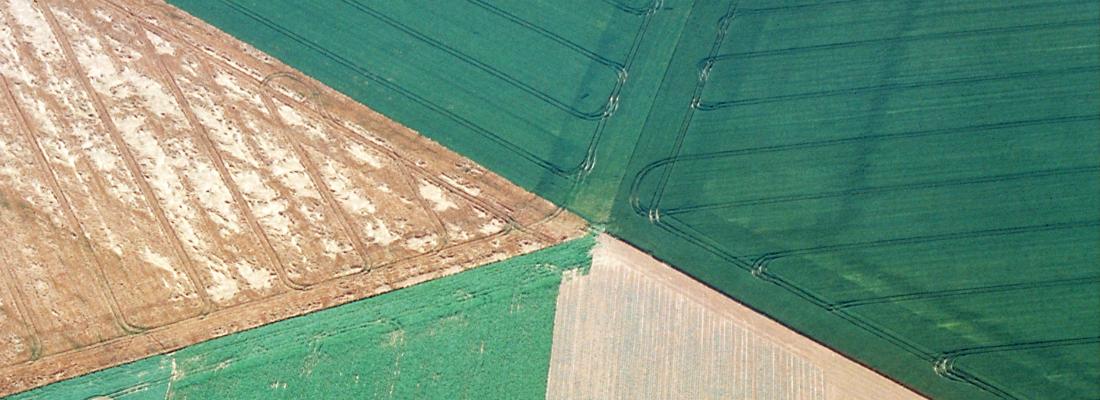Biodiversity Reading time 2 min
More complex crop mosaics produce greater biodiversity in agricultural landscapes
Published on 02 August 2019

Agricultural intensification and the destruction of semi-natural habitats (shrubland, hedges, herb-rich strips) is one of the principal causes of observed biodiversity loss. While reverting cultivated land to semi-natural habitat often remains difficult in many landscapes, increasing the complexity of the crop mosaic, by making field sizes smaller and/or increasing crop diversity, has recently been suggested as an alternative to favour biodiversity in farmed landscapes, while maintaining the area under agricultural production.
This is the hypothesis that was tested across a huge study2 involving 30 laboratories from eight countries and covering eight regions of Europe and Canada. This study is based on observations collected from 1305 cultivated fields, situated in 435 1km2 agricultural landscapes in which average field size, crop diversity and semi-natural habitat area varied independently. The researchers identified more than 167,000 individuals of 2795 species spread across seven taxonomic groups (birds, butterflies, bees, hoverflies, spiders, ground beetles and plants). They then calculated a synthetic index grouping the information on these seven taxonomic groups in order to assess the biodiversity in each of the 435 study landscapes.
The researchers thus showed, for the first time at such a large geographical scale, that increasing the complexity of the crop mosaic is as beneficial for biodiversity as increasing the quantity of semi-natural habitats. For example, decreasing field size from 5 to 2.8ha is associated with an increase in biodiversity that is comparable to that observed when the cover semi-natural habitat rises from 0.5 to 11%. This study also shows that small fields have a positive effect on biodiversity even in the absence of semi-natural vegetation between the fields (hedges, herb-rich strips). Crop diversity has a positive effect on biodiversity because different crop types often harbour different species, but also because different crops supply complementary and necessary resources to support certain species in farmed landscapes. Crop diversification is especially beneficial in farmed landscapes with greater than 11% cover of semi-natural habitats, which are represented by half of the farmed landscapes sampled in this study.
These results revealed that farmed landscapes with smaller fields and more diverse crops harbour higher biodiversity. Increasing the complexity of crops therefore represents an as yet unrecognized but valuable measure to conserve and restore farmland biodiversity. Agri-environmental policies favouring a reduction in the average size of cultivated fields and, in some conditions3, more diverse cropping, makes it possible to maintain high biodiversity as well as to maintain the existing surface areas under agricultural production. These results contribute to informing ongoing debates around the reform of the Common Agricultural Policy.
1. From the Centre d'écologie fonctionnelle et évolutive (CNRS/Université de Montpellier/Université Paul Valéry Montpellier/EPHE/IRD), Centre d'études biologiques de Chizé (CNRS/Université de La Rochelle) and Laboratoire Écosystèmes, biodiversité, évolution (CNRS/Université Rennes 1).
2. This study was conducted as part of the FarmLand project financed by the Biodiversa programme (https://www.biodiversa.org).
3. When the proportion of semi-natural habitats is higher than 11% or when the additional crops are associated with practices which are not very intensive.
|
Increasing crop heterogeneity enhances multitrophic diversity across agricultural regions, Sirami C. & al. Proceedings of the National Academy of Sciences. 29 juillet 2019. https://doi.org/10.1073/pnas.1906419116 A greener path for the EU Common Agricultural Policy - Meeting societal demands for sustainability and environmental performance, Pe’er & al. Science. 2 août 2019. |
